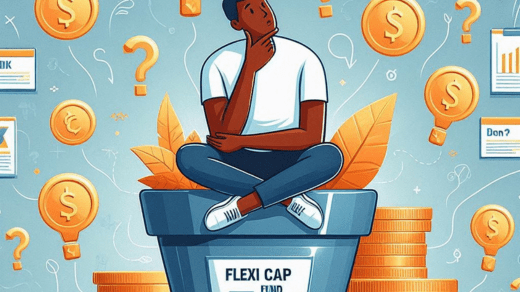Trading has always been a game of numbers, but in recent years, it’s become a game of technology too. The rise of CFD trading platforms has been nothing short of revolutionary. CFD stands for Contract for Differences, which is a financial derivative that allows traders to speculate on the price movements of an underlying asset without actually owning it. It’s like betting on the outcome of a sports game, but instead of teams, you’re betting on the rise or fall of stocks, currencies, or commodities. And just like sports betting, the technology behind it has become increasingly sophisticated, shaping the future of trading in ways we’re only beginning to understand.
The Evolution of Trading Platforms
The journey of trading platforms has been a fascinating one. From the days of chalkboards and telephones to the sleek, user-friendly interfaces we have today, technology has been the driving force. Early trading platforms were basic, often just providing price quotes and the ability to place trades. But as the internet became more prevalent, so did the demand for more advanced tools. Traders wanted more information, more control, and more flexibility. Enter the CFD trading platform (It is also known as “cfd 交易平台” in Taiwan.).
The Power of CFD Trading Platforms
CFD trading platforms offer a level of access and control that was once reserved for the elite. With just a few clicks, traders can now speculate on a wide range of markets, from the stock market to forex to commodities. The power of these platforms lies in their versatility and user-friendly design. They’re built to cater to both novice and experienced traders, providing a range of tools and features that can help manage risk and maximize potential profits.
One of the key features of CFD trading platforms is leverage. Leverage allows traders to control a larger position in the market with a smaller amount of capital. This can amplify profits, but it can also amplify losses. It’s a double-edged sword that requires a careful hand and a solid understanding of the market.
Risk Management in the Digital Age
Risk management is a critical aspect of trading, and CFD trading platforms have made it more accessible than ever. With advanced charting tools, real-time data, and customizable alerts, traders can now monitor their positions and make informed decisions in real-time. This level of control was once the domain of professional traders, but now it’s available to anyone with an internet connection and a CFD account.
But with great power comes great responsibility. The digital age has also brought new risks, such as cyber threats and data breaches. CFD trading platforms must prioritize security to protect their users’ investments and personal information. This means investing in the latest encryption technology and implementing strict security protocols.
The Future of Trading: AI and Machine Learning
The future of trading is looking increasingly automated, with artificial intelligence (AI) and machine learning playing a significant role. These technologies can analyze vast amounts of data and identify patterns that human traders might miss. They can also execute trades at speeds that are impossible for humans, providing a new level of efficiency and accuracy.
However, the integration of AI into CFD trading platforms also raises ethical and regulatory questions. How can we ensure that these systems are fair and transparent? How do we prevent the rise of ‘black box’ algorithms that operate without human oversight? These are challenges that the industry will need to address as it continues to evolve.
Conclusion
The world of trading is changing at a rapid pace, and CFD trading platforms are at the forefront of this transformation. They offer a level of access and control that was once unimaginable, empowering traders to make more informed decisions and capitalize on opportunities in the market. But with this power comes responsibility, and as the technology continues to evolve, so too must our understanding of its implications. The future of trading is exciting, but it’s also uncertain, and it will require a careful balance between innovation and regulation to ensure its sustainability.
CFD Trading Platforms – How Technology is Shaping the Future of Trading




